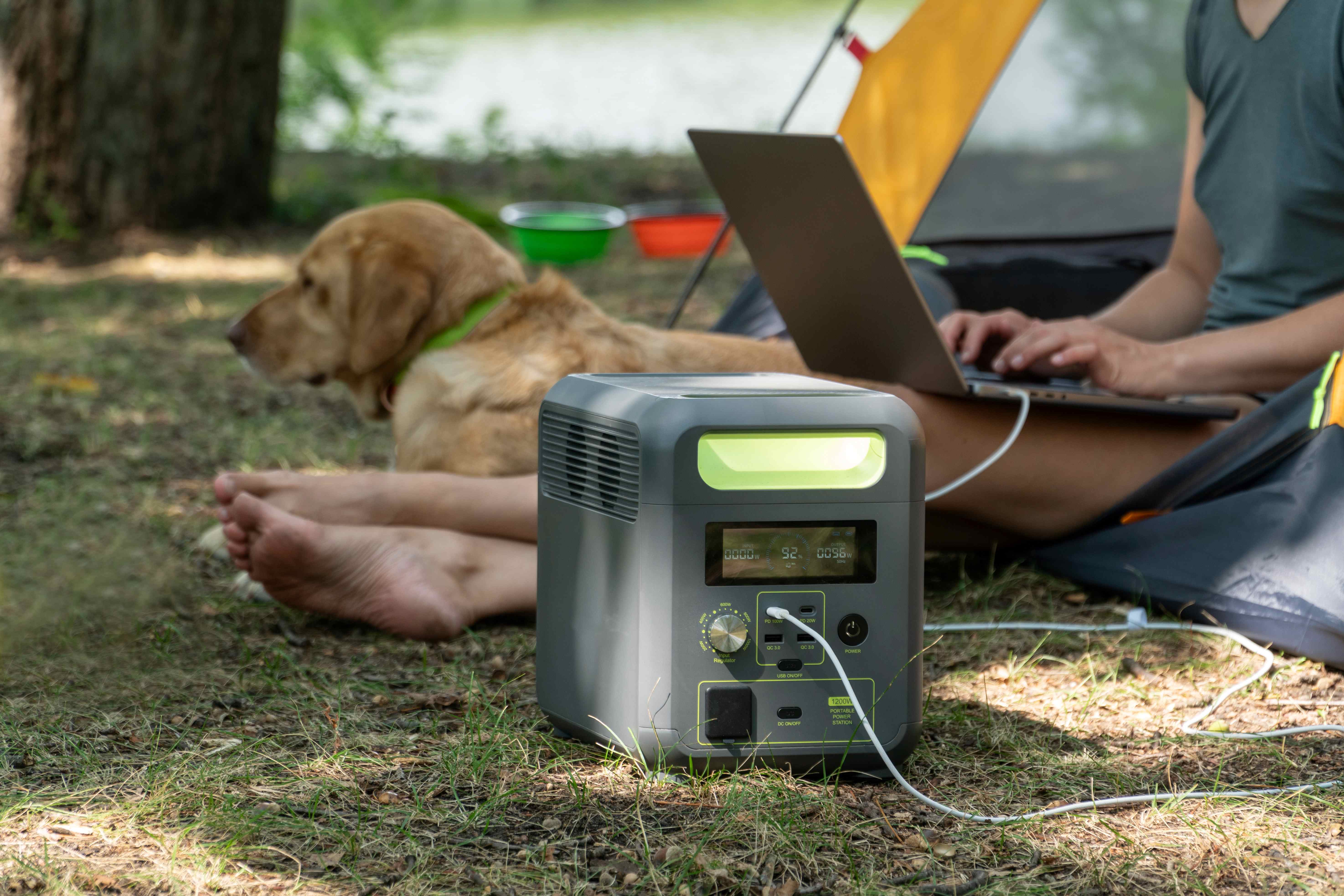
How Do Portable Power Stations Work? Are They Efficient for Camping?
Camping is about escaping the hustle, reconnecting with nature, and enjoying life’s simple pleasures. But even the most prepared campers have been caught off guard by dead phone batteries or lanterns fading out too soon. That’s where portable power stations come in—a modern solution to keep devices running smoothly without the hassle of hauling a noisy generator.
This article covers everything you need to know about portable power stations and helps you decide if one’s truly essential for your camping trips. It also offers practical tips to get the most out of these power sources in the wild. If you’ve ever wondered whether packing one is worth the extra space, you’re in the right place. Let’s dive in.
What Are Portable Power Stations?
A portable power station is essentially a rechargeable battery-powered device that stores energy and makes it easy to power various gadgets on the go. Think of it as a large power bank but with more capabilities. These stations come with multiple ports, including AC outlets (like the ones in your wall at home), USB ports, and DC outlets, allowing you to charge everything from smartphones and laptops to small appliances like electric coolers, fans, or portable lights.

Most portable power stations use lithium-ion batteries, similar to those in your phone, but on a much larger scale. Some higher-end models use lithium iron phosphate (LiFePO4) batteries, which last longer and offer better durability. For campers, this means reliable power without the need to rely on gas-powered generators or worry about running out of fuel.
How Do Portable Power Stations Work?
A portable power station stores electrical energy in a rechargeable battery and converts it into usable power for your devices. Here’s a breakdown of its operation and what happens behind the scenes.
Step 1: Charging the Power Station
Before your trip, the first step is to charge the power station. This can be done through a wall outlet, perfect for quickly charging it at home before heading out, or a car charger, which comes in handy if you need to top up while driving. Depending on the power station’s size and the charging method, a full charge can take anywhere from 4 to 12 hours.
Step 2: Storing Energy in the Battery
Once charged, the battery inside the station holds that energy until you need it. Most portable power stations use lithium-ion or LiFePO4 batteries. These batteries are efficient, lightweight, and long-lasting, making them ideal for outdoor activities. The energy is stored as DC (direct current), the same power as in your car battery.
Step 3: Converting Power Through the Inverter
Many devices, such as laptops, mini-fridges, and coffee makers, require AC (alternating current) power—the kind you get from your home’s outlets. The power station’s inverter converts the stored DC energy into AC so these devices can run smoothly.
A small portable power station with a 300-watt inverter can handle phones, LED lights, and laptops. If you need to run more demanding gear, like a portable heater or electric grill, you’ll need a model with a higher wattage rating, such as 1000 watts or more.
Step 4: Powering Devices
When ready to use the power station, simply plug your devices into the appropriate ports. AC outlets can power small appliances or charge laptops, while USB ports are perfect for charging phones, tablets, and cameras. The DC car port is handy for running devices like portable fridges or air pumps.
Step 5: Recharging the Power Station During Your Trip
If your camping trip lasts several days, you must recharge the power station. Solar panels are a popular option for off-grid camping. Just set them up in direct sunlight, and they’ll gradually refill the battery throughout the day.
A portable power station provides a seamless way to store, convert, and distribute energy wherever needed. It ensures that your devices stay powered without the hassle of gas or noise from traditional generators.
Advantages of Portable Power Stations for Camping?
Portable power stations bring various benefits that make camping more comfortable and convenient. Below are some key advantages that make these devices great outdoor adventure companions.
- Silent operation: Unlike generators, they run quietly so you can enjoy nature’s peace without noise.
- Eco-friendly and safe: They do not use fuel, fumes, or emissions, making them safe for indoor use, such as in tents or motorhomes.
- Lightweight and portable: Compact designs make them easy to carry and store, perfect for campers on the go.
- Multiple charging ports: With AC, USB, and DC ports, you can power various devices, from phones to mini-fridges.
- Solar recharging: Many models support solar charging, making them a great choice for multi-day, off-grid adventures.
- Versatile power solution: Reliable for everything from powering lights and fans to keeping laptops or cameras charged.
With these advantages, a portable power station makes it easy to stay connected and comfortable, even in remote locations. It offers a hassle-free way to power through your camping trip.
Tips for Efficient Use While Camping
With thoughtful planning, you can extend the charging station’s battery life and ensure you have power when needed. Here are a few tips to help you get the most out of it.
- Prioritize essential devices: First, focus on powering lights, phones, and other must-haves.
- Manage power wisely: Unplug devices once fully charged to conserve energy.
- Use solar battery levels: Watch the display to avoid unexpected outages.
- Bring backup options: Carry small power banks or extra batteries for emergencies.
By following these tips, you’ll have a reliable power supply throughout your camping trip, ensuring your devices stay charged and your adventure stays on track.
Final Thoughts
A portable power station adds peace of mind to any outdoor adventure, allowing you to explore without worrying about losing power. It’s a simple solution that enhances your camping experience, keeping you connected and prepared for whatever the journey brings. Now’s the time to consider making one of these stations your go-to gear.





